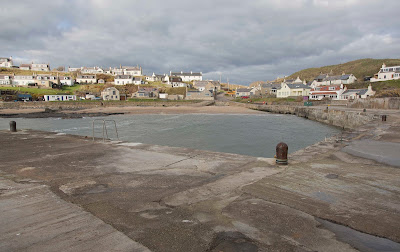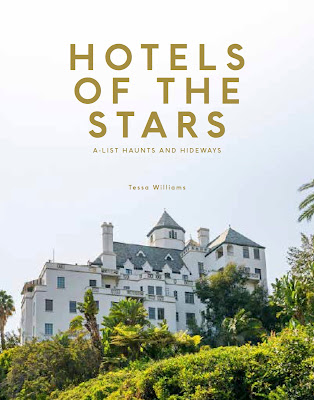SADOMASACHISTIC FLOGGINGS @ COLLIESTON – by Duncan Harley

During the scorching hot summer of 1930, T.E. Lawrence - of Arabia fame - rented a harbour-side cottage over at Collieston . Seemingly, well after his Arabian adventures and his RAF sojourn he had become friendly with a fellow soldier, Jock Bruce from Aberdeen, whom he had met during a brief but relatively unknown period of service with the Royal Tank Regiment. Jock was from local farming stock and the adventurous pair apparently shared a healthy interest in sadomasochistic floggings. A 1984 article in Leopard Magazine co-written by Diane Morgan and David Ross reveals the pairs craving for sexual gratification via punishment. “Jock Bruce himself seems to have no qualms about giving Lawrence his scuds” writes Diane. “Young and impressionable when they met, he saw himself as Lawrence’s bodyguard and valued what he regarded as their friendship – and by no means only for the extra cash it produced.” In her book ‘Six Buchan Villages’ local author Margaret Aitken relates that th...







